Historical buildings are not just structures; they are testimonies of architectural evolution, cultural heritage, and historical events. These buildings have withstood the test of time, showcasing the artistry and craftsmanship of different eras.
1The Colosseum
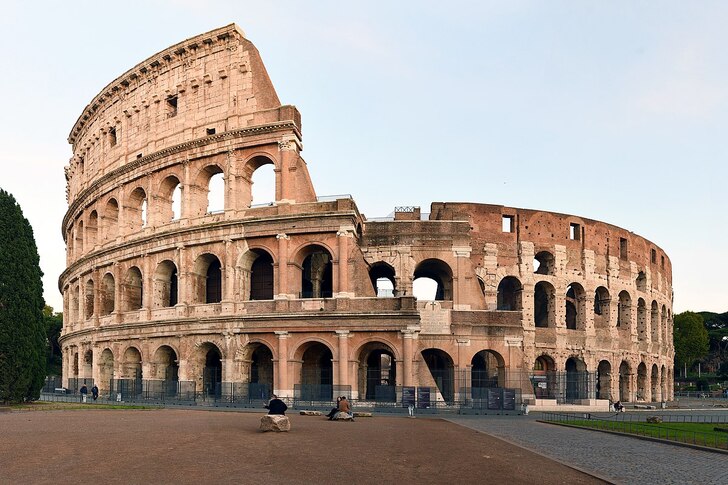
The Colosseum, also known as the Flavian Amphitheatre, is an iconic symbol of ancient Rome’s architectural and engineering prowess. Located in the heart of Rome, Italy, it was commissioned by Emperor Vespasian of the Flavian dynasty around AD 70-72 and completed in AD 80 by his son Titus. The Colosseum could hold between 50,000 and 80,000 spectators and was used for gladiatorial contests, public spectacles, and dramas based on Classical mythology. Its elliptical structure, standing 157 feet tall, and its innovative use of concrete and stone have inspired architects for centuries. Despite being damaged by earthquakes and stone-robbers, the Colosseum remains a powerful symbol of the Roman Empire’s grandeur. It is one of Rome’s most popular tourist attractions, drawing millions of visitors who marvel at its grandeur and contemplate the historical events that took place within its walls. The Colosseum is also a UNESCO World Heritage Site, preserving its legacy for future generations to appreciate and learn from.
2The Parthenon
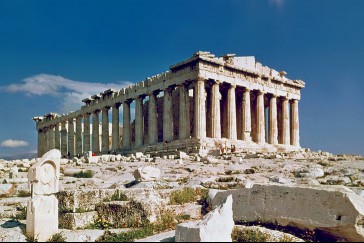
The Parthenon is one of the most enduring symbols of Ancient Greece and Western civilization. Located on the Acropolis of Athens, it was constructed between 447 and 432 BC during the height of the Athenian Empire. The Parthenon was dedicated to Athena, the goddess of wisdom and war, whom the people of Athens considered their patron. Designed by architects Iktinos and Kallikrates under the direction of the sculptor Phidias, the temple is a masterpiece of Doric architecture. It originally housed a massive statue of Athena made of gold and ivory. The Parthenon’s architectural refinements, such as the slight curvature of its columns and steps, create an optical illusion of perfect symmetry and balance. Despite damage over the centuries from war, looting, and environmental factors, the Parthenon remains a powerful symbol of ancient Greek achievement. It is a UNESCO World Heritage Site and continues to draw scholars and tourists from around the world who seek to understand and appreciate the cultural and historical significance of Ancient Greece.

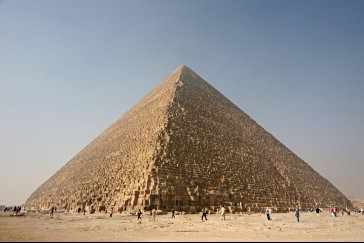

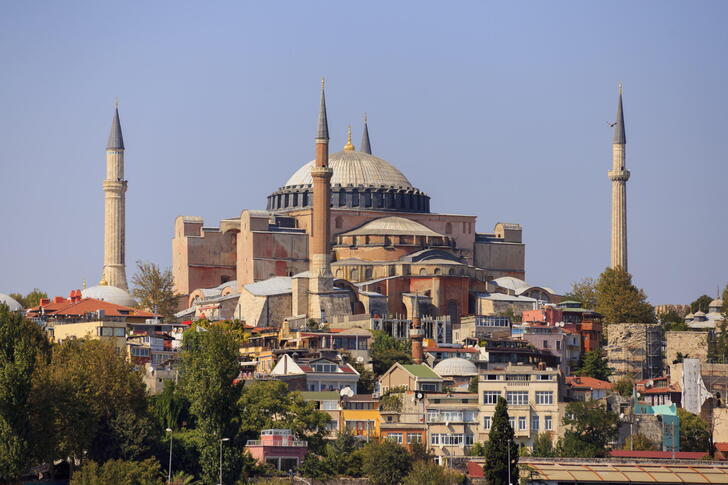
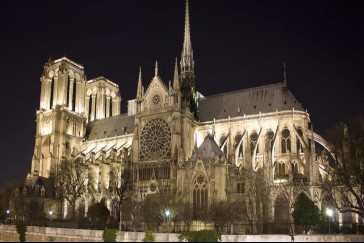








Comments on "Windows to the Past: A Journey Through the World’s Historic Architecture" :